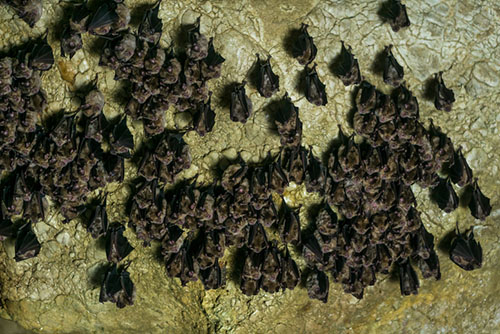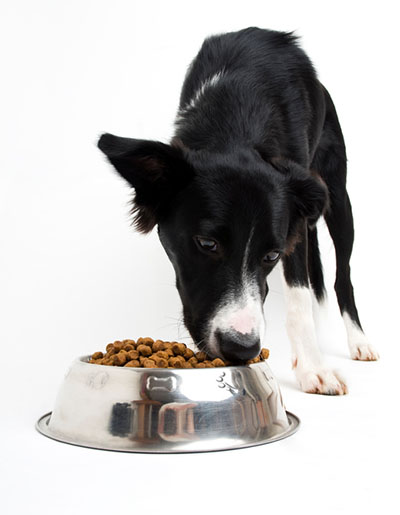Disorders of Joints
- Musculoskeletal System Introduction
- Overview of Musculoskeletal System
- Disorders of Muscle
- Disorders of Tendons
- Disorders of Bone
- Disorders of Joints
- Diagnosis and Treatment of Musculoskeletal Disorders
Articulations are divided into synarthrodial joints and diarthrodial joints. Synarthrodial joints are osseous components united by fibrous tissue or cartilage. Synarthrodial joints are practically immovable and are rarely associated with joint disease other than fractures. Diarthrodial joints are mobile; the opposing bone ends are covered by articular hyaline cartilage and are separated by a joint cavity filled with synovial fluid. Articular cartilage serves to distribute weight-bearing forces and to minimize friction between adjacent skeletal components during movement. Normal synovial fluid and articular cartilage express a glycoprotein to provide boundary lubrication to the articular cartilage and synovial membrane during weight bearing. The synovial fluid also nourishes the articular cartilage.
Diarthrodial joints are most frequently involved in pathologic changes. These changes can involve the joint capsule, synovial membrane, hyaline articular cartilage, and subchondral bone. Damage to intra-articular ligaments and the menisci in the stifle joint can affect the stability of the joint and propagate damage to the joint. Joint disorders may be caused by trauma, chronic inflammation, developmental factors, or infections. Severe trauma frequently results in luxation, subluxation, fracture, or instability of a joint. Direct penetration of the joint capsule may also lead to septic arthritis, which is characterized by an increase in synovial WBCs resulting in an increased concentration of proteolytic enzymes within the synovial fluid. The severe inflammatory response within the joint can quickly lead to breakdown of the articular hyaline cartilage. Bacterial and fungal infections involving synovial structures are typically recognized based on their extreme heat, swelling, pain localized to the joint, and lameness that is often severe. All cases of synovial sepsis require immediate and aggressive treatment to preserve the joint.
Developmental defects include osteochondritis dissecans, equine ataxia, angular limb deformities, and lumbar disc syndrome in certain breeds of dogs. Extension of physitis into the adjacent joint and damage due to continuous abnormal weight bearing in animals with angular limb deformities are other inciting causes of joint disease.
Chronic inflammation of joints and surrounding structures is most common in articulations associated with locomotion. Joint homeostasis involves the simultaneous synthesis and degradation of extracellular matrix components of the cartilage. The responses of the synovial membrane and articular cartilage are critical to accommodate the mechanical and chemical demands placed on the joint. In pathologic conditions, the biosynthetic activity of the cells does not compensate for the loss of matrix components through mechanical and enzymatic degradation. This results in a net loss of cartilage and compromised joint function.
Osteoarthritis is a degenerative, progressive disease of diarthrodial joints. It has a multifactorial etiology; aging, trauma, mechanical forces, conformation, hormonal, and genetic factors contribute to varying degrees. It is a major cause of musculoskeletal pain, morbidity, and decreased performance in all species. Although pathologic changes occur in multiple joint tissues, loss of articular cartilage is the hallmark of the disease.
Cartilage damage is recognized clinically when sufficient joint damage occurs to cause synovitis or lameness. As damage accumulates, cartilage fibrillation or complete eburnation can occur at areas of high stress. Histologically there is loss of proteoglycan staining, decreased cell viability, and advancement of the tidemark of calcified cartilage. The loss of proteoglycans is accompanied by an increase in cartilage matrix water content and a reduction in stiffness. The biomechanically compromised cartilage is more susceptible to further damage.
Corticosteroids and NSAIDs have been widely used for symptomatic treatment of osteoarthritis. The benefit of these drugs is minimized in extensive cartilage loss in which chondrocyte replacement is an issue, and their inappropriate use may exacerbate the progression of degenerative change. Several medications have specific chondroprotective actions to treat articular cartilage damage. Structure-modifying osteoarthritis drugs (eg, glycosaminoglycans, pentosan polysulfate, hyaluronic acids) slow down the progression of osteoarthritis by mitigating the rate of cartilage degradation and enhancing matrix synthesis. Intra-articular hyaluronic acid administration reduces synovial inflammatory effects and may also reestablish boundary lubrication within the joint cavity. The autogenous substance interleukin receptor antagonist protein (IRAP) has been used effectively to control joint inflammation in some horses.
- Musculoskeletal System Introduction
- Overview of Musculoskeletal System
- Disorders of Muscle
- Disorders of Tendons
- Disorders of Bone
- Disorders of Joints
- Diagnosis and Treatment of Musculoskeletal Disorders





